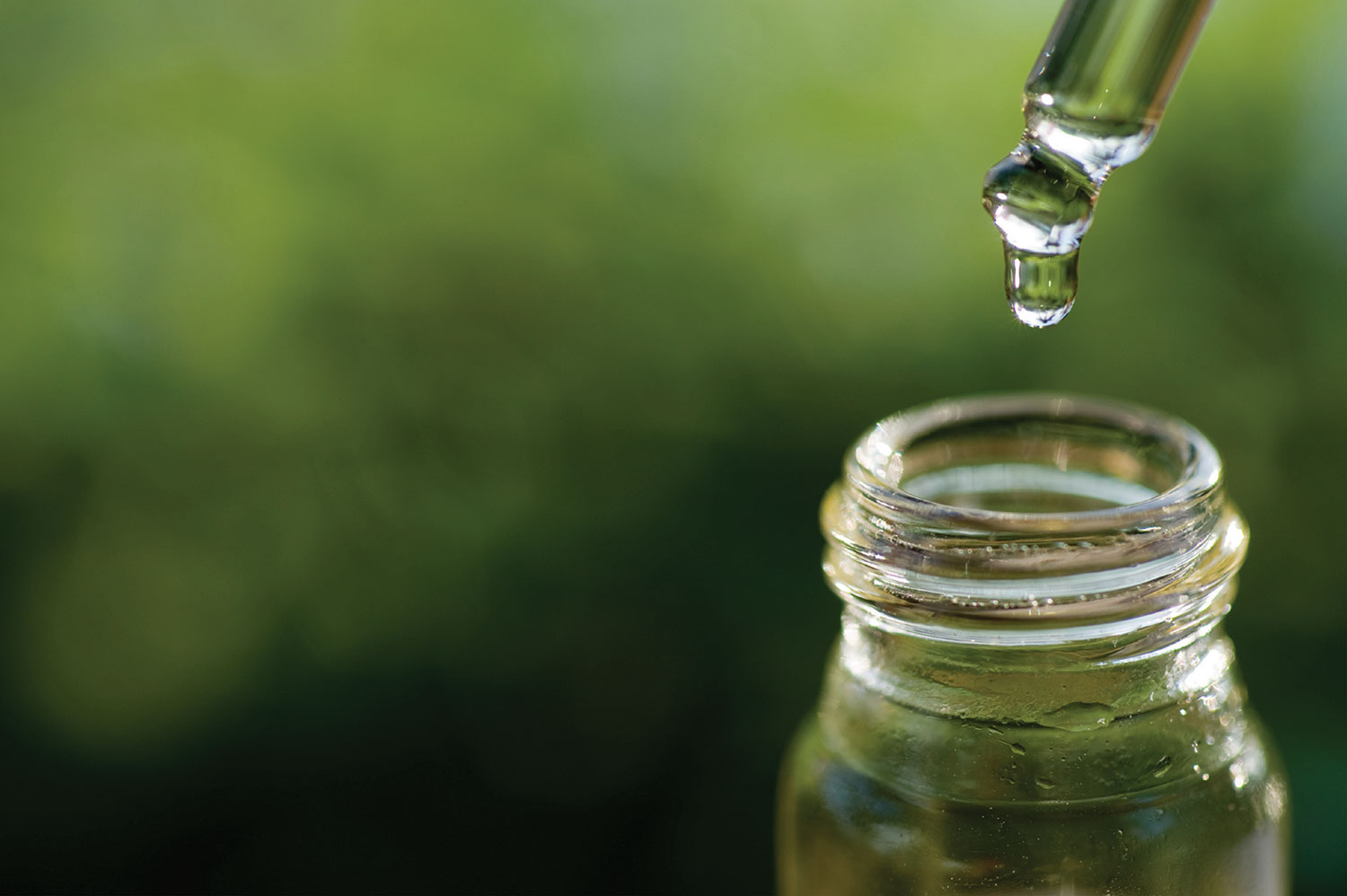Improving supply and increasing demand for Australian tea tree oil are the top priorities for the industry in the new Research Development and Extension (RD&E) Plan.
The Five Year Plan was published following last year’s introduction of a research and development levy of 25 cents per kilogram of tea tree oil produced. The levy is expected to collect more than $160,000 from the industry each year and will be matched by Federal Government funds. The program will be managed by AgriFutures Australia.
AgriFutures Australia, Program Manager Research & Innovation Duncan Farquhar said the RD&E Plan outlines industry priorities, and how money from the levy will be spent.
“Improving supply is the first objective in the Plan. The tea tree oil yield can be volatile and like many agricultural industries, is impacted by droughts and floods. To meet the growing demand for tea tree oil, we must also address the need for higher yielding varieties,” said Mr Farquhar.
Increasing the demand for tea tree oil is the second objective of the Plan and represents 45% of the RD&E budget. There are many technical issues to work through in cosmetic and therapeutic formulation. As these are addressed, consumers across the world will have access to more of the benefits of tea tree oil.
“Adulteration of tea tree oil is a huge issue for the industry. There are a lot of tea tree oils that do not meet the standard of Pure Australian Tea Tree Oil. Safety and efficacy work is completed on oils that meet the standard. Cosmetic companies are taking a risk if they do not use oil that meet the standards” said Mr Farquhar.










